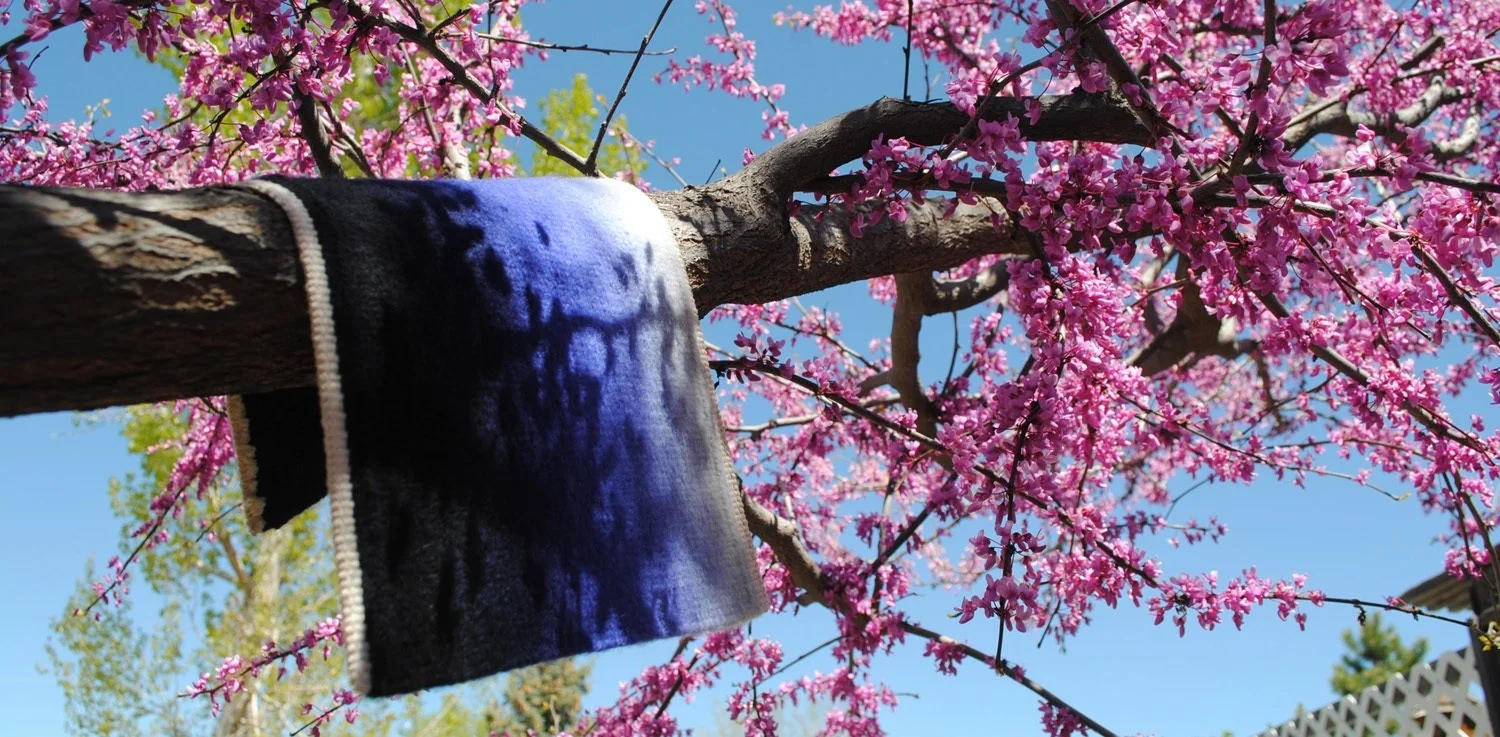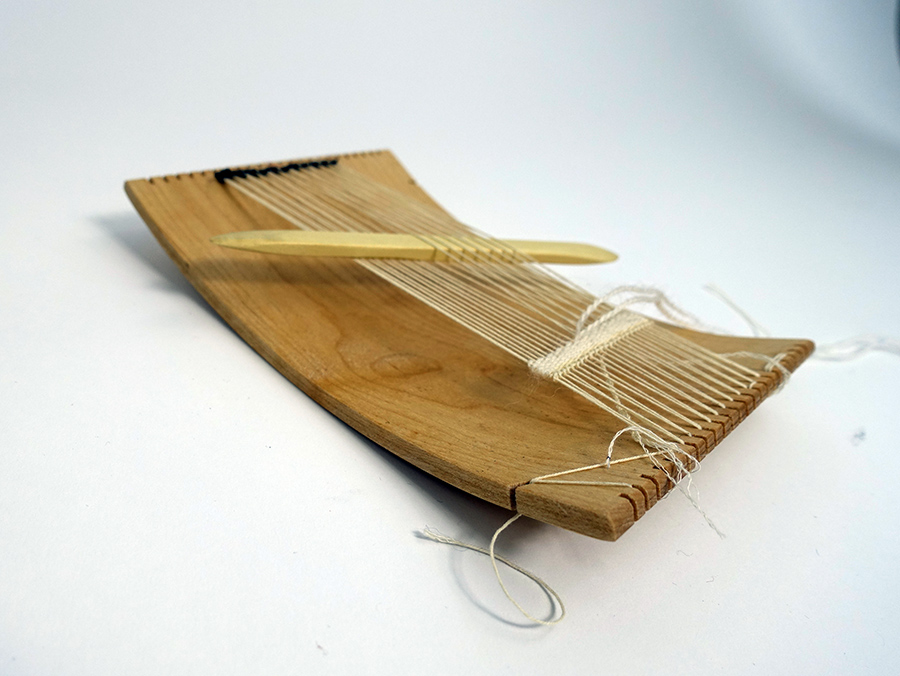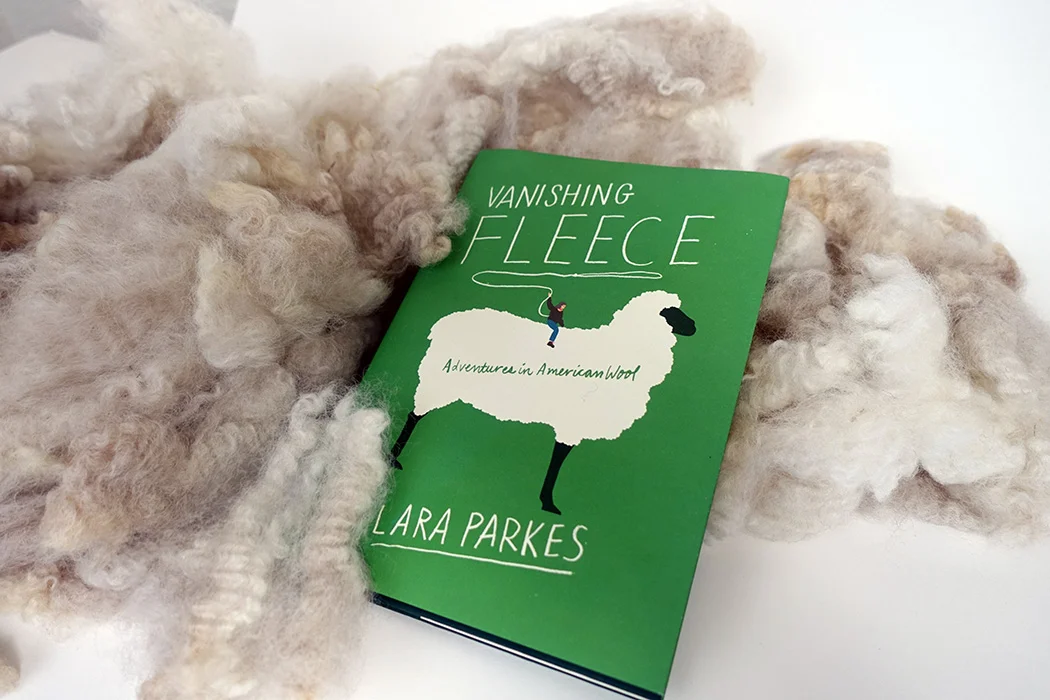Archie Brennan passed away on October 31, 2019. He was an artist, a teacher, and someone who had a significant impact on the face of tapestry today. Archie began his weaving career at 16 years of age with a seven-year apprenticeship at the Dovecot in Scotland. He was eventually became director of the tapestry workshop and also established the tapestry department at Edinburgh College of Art.
Please take some time to get to know a bit about his life, his work, and his thoughts about tapestry weaving. I believe it is important and helps those of us who are contemporary tapestry weavers place our practice in the broader historical context of this art form. Archie, perhaps more than anyone else in recent history, was able to express the shift that happened in the early 1900s from reproductive tapestry where paintings were copied in great detail to an artist/weaver approach where the weaver also designs the work. He was instrumental in creating this shift first through his work at the Dovecot Studios as a weaver and their director, then in other parts of the world.







